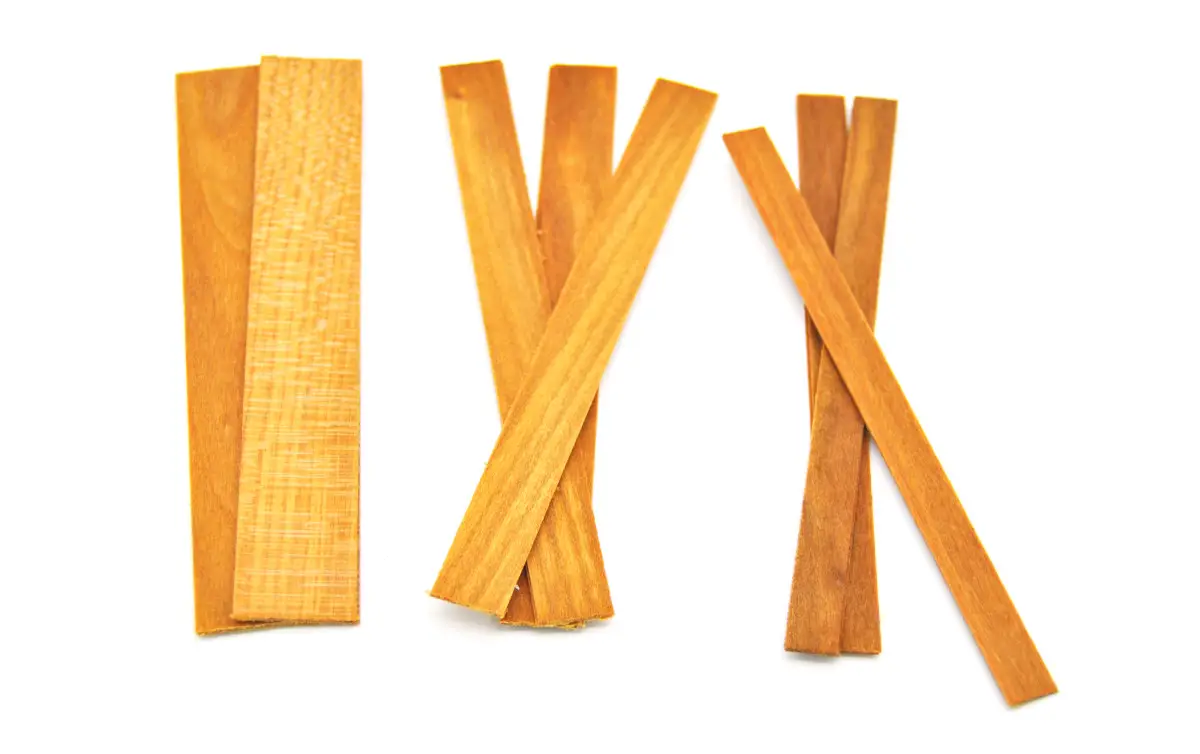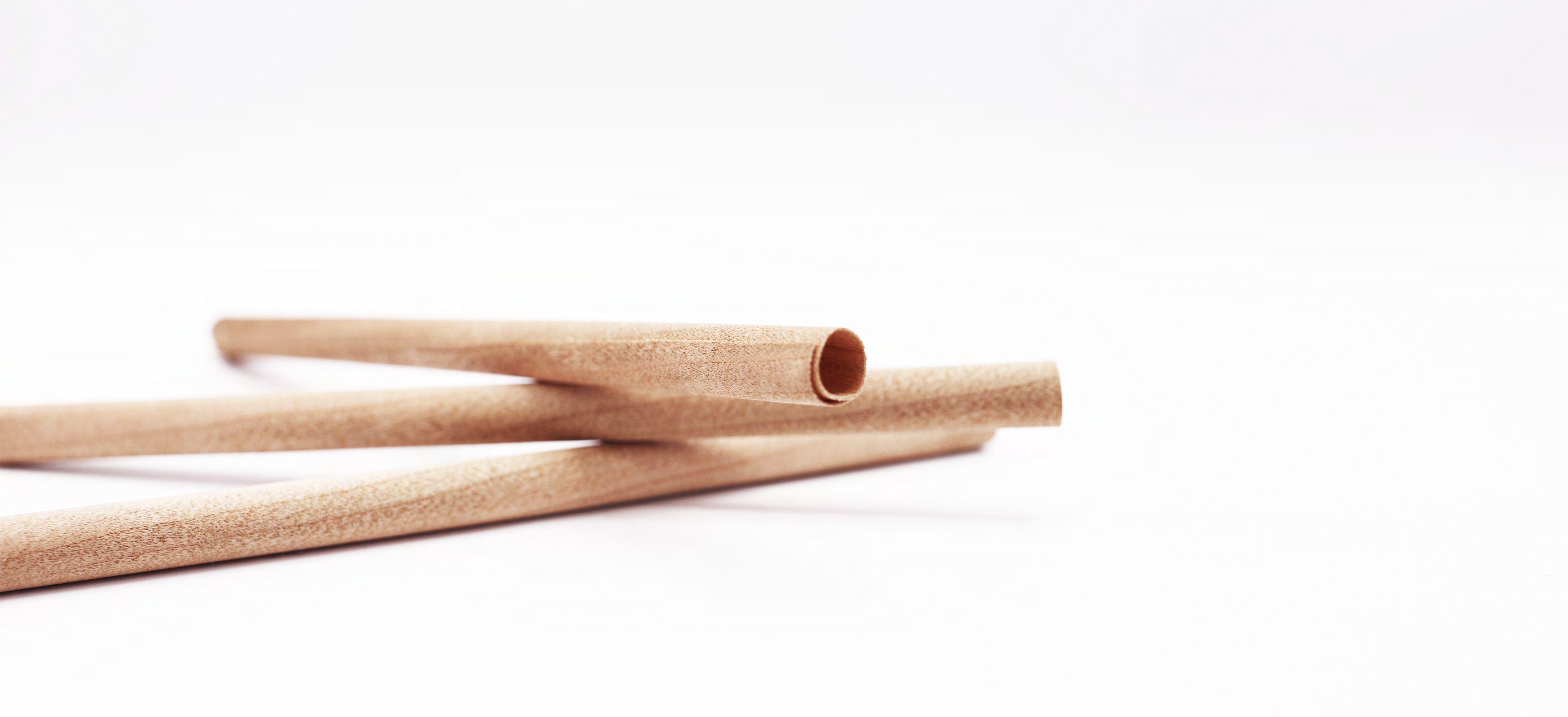login or create an account

Candle wicks - Wooden wicks
For thousands of years, humankind has been fascinated by fire, either in the form of the small flame of a candle or that of the wilder flames of a wood fire. Needless to say, combining both could only be a winning bet!
About ten years ago, the first generation of wooden wicks appeared on the market, determined to offer an alternative to the age-old cotton wicks. It was an instant hit and the popularity of wooden wicks has been growing ever since. In the years that followed, the performance of the new wicks got improved and the manufacturer keeps adding new models to the family. They are now fully compatible with most types of wax blends and are even available in the form of tubes to be used in combination with either a cotton wick or a small wooden one.
Besides the fact that they are entirely made of wood, their unique selling point is the glorious scent of wood fire they produce together with the crackling sound they make while burning.

Developed by DayNa Decker at the start of the millenium and patented by Lumetique, Inc, wooden wicks have found their way to the heart of candle lovers and candlemakers alike.

The "basic" wooden wick is available in different widths and thicknesses and is made of a thin strip of wood, single or double (in the latter case, two identical strips are "glued" together back to back). What essence(s) of wood the wicks are made of is a well-kept trade secret but in all likelihood it originates from some kind of fruit tree (cherry wood gets mentioned a lot). The wicks are treated with an undisclosed blend of additives to give them better burning properties and improve their capillarity.
When they first appeared, wooden wicks were used almost exclusively in combination with soywax but as the range has grown larger, you can now find a wick that works well with most of the existing wax types, paraffin included.
I've already talked about the creator of the Wooden Wick and about the company that owns several patents related to it. It's now time to say a few words about the exclusive worldwide manufacturer of the original Wooden Wick, The Wooden Wick Co..
The Wooden Wick Co offers a growing range of their flagship wicks. Here's an overview:
- The Crackling Wick.
The original, basic wick made of a single wood strip and available in 3 thicknesses (0.02", 0.03" and 0.04"), in 5 widths (.25", .375", .5", .625" and .75") and 2 lengths (3" and 5"). As the name suggests, this model crackles a lot when burned. Best used with paraffin wax. - The Whisper Wick.
Also made out of a single strip of wood, its name hints at the fact that it crackles less when it burns than the Crackling Wick. Beside that, it can be bought in 2 thicknesses (0.02" and 0.03") in the same widths and lengths than the Crackling Wick. - The Crackling Booster Wick.
Basically a Crackling Wick with a .2" booster wick attached. The booster wick enhances the general performances of the wick assembly. To be used primarily with vegetable waxes or beeswax (both high viscosity waxes). It comes in 3 levels of thickness (.02", .03" and .04"), 4 widths (.375", .5", .625" and .75") and 2 lengths (3" or 5"). - The Crackling Whisper Wick.
Based on the same principle as the previous one, this is a Whisper Wick with a .2" single-ply booster wick attached for performance improvement. Like the Crackling Booster Wick, it can be used in different types of waxes depending on the thickness you choose (.02" or .03"); the .03" size can be used with beeswax and most vegetable waxes. Pick one of the 4 available widths (.375", .5", .625" or .75") and 2 lengths (3" or 5"). - The Crackling Dual Wick.
Part of the Adhered Wicks collection, it's basically two Crackling Wicks attached back-to-back with a non-toxic glue. Fit for soywax and vegetable waxes with a heavy dye load.
.04" thick, it's available in 5 different widths (.25", .375", .5", .625" and .75") and the usual 2 lengths (3" and 5"). - The Whisper Dual Wick.
The second member of the Adhered Wicks collection is a combination of two Whisper Wicks glued back-to-back. Recommended for soywax and vegetable waxes with a heavy dye load.
.04" thick and available in 5 different widths (.25", .375", .5", .625" and .75") and 2 lengths (3" and 5").

- The Tube Wick.
This is not a flat wick like the ones we talked about so far but a .25" wooden cylinder. You need to use it in combination with a .25" flat wick or with a regular cotton wick. Works well with paraffin wax and vegetable waxes and produce a very light crackling sound as it burns. Only available in a 6" length. - The Spirale Wick.
A .375" wooden tube, 5" long, that can be used in beeswax and vegetable waxes blended with palm, coco or soy oil.

Even more so than with cotton wicks, keeping wooden wicks to their ideal burning length of 1/8" to 3/16" is essential. Any longer and the capillarity of the wick will be impaired, unable to draw enough fuel up to the flame and will result in too small a flame or, in the worst case, its extinction.
Scissors don't work well with wooden wicks; the ideal tool to reach into almost any type of container and achieve a clean, straight cut is the oblique cutter. You won't regret getting one.
 Thanks a bunch!
Thanks a bunch!


